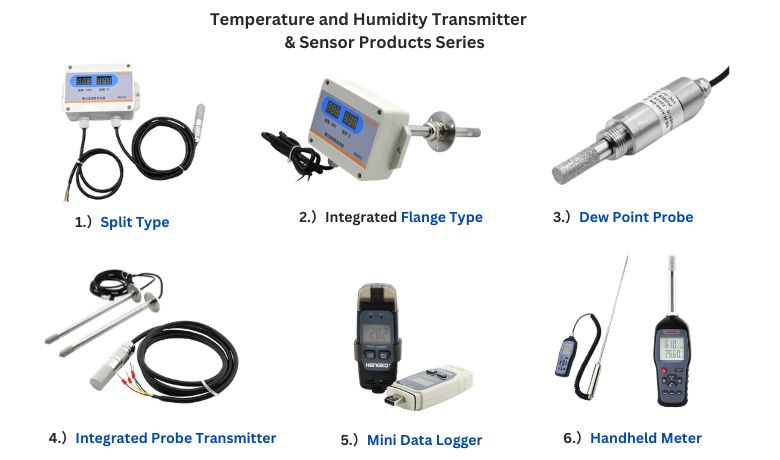-
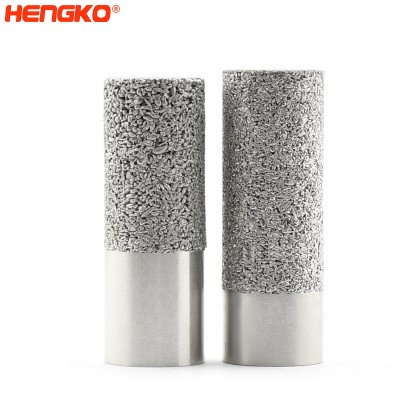
HK64MBNL waterproof relative humidity sensor housing, M8*0.75 sensor probe used for fer...
HK64MBNL HENGKO stainless steel sensor porous protection guard for temperature and humidity sensor probe has accurate pore size, and uniform and even-distrib...
View Detail -
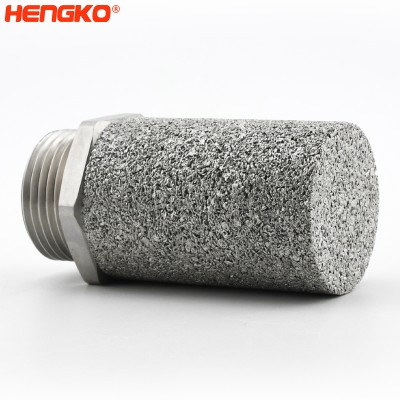
humidity sensor manufacturers production sintered porous humidity sensor housing
HENGKO stainless steel sensor shells are made by sintering 316L powder material at high temperatures. They have been widely used in environmental protection,...
View Detail -
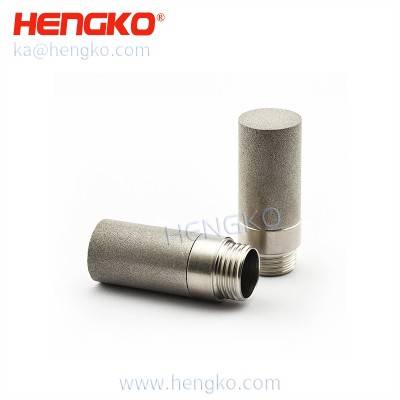
HK47G1/8U RHT30 Anti-corrosion mesh-protected weather-proof temperature and humidity se...
HENGKO stainless steel sensor shells are made by sintering 316L powder material at high temperatures. They have been widely used in environmental protectio...
View Detail -
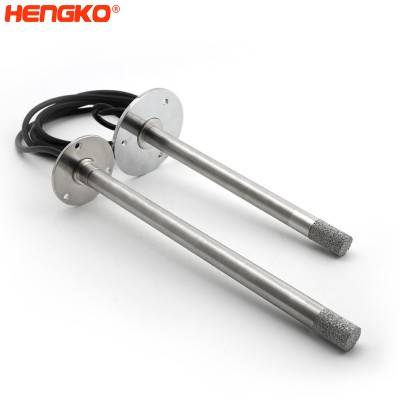
Double IP66 waterproof flange digital temperature and humidity sensor probe RHT35 for f...
HENGKO Humidity Sensor Probe The digital humidity and temperature probe HT-P Series and HT-E Series is designed for use in drying chambers and other demandin...
View Detail -
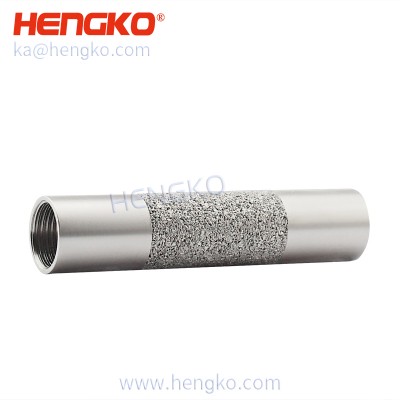
I2C waterproof environment monitoring system humidity sensor housing, stainless steel 316L
HENGKO stainless steel sensor shells are made by sintering 316L powder material at high temperatures. They have been widely used in environmental protection,...
View Detail -
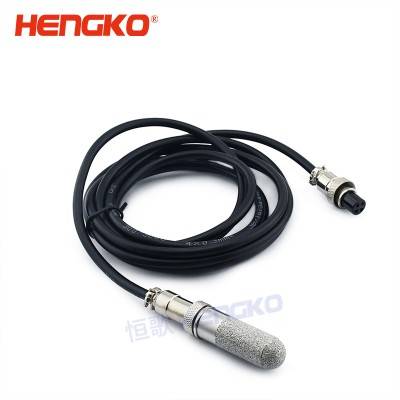
IP65 waterproof humidity and temperature sensor transmitter probe protection housing wi...
HENGKO stainless steel humidity sensor probe housing are made by sintering 316L powder material in high temperature. They have been widely used in environmen...
View Detail -
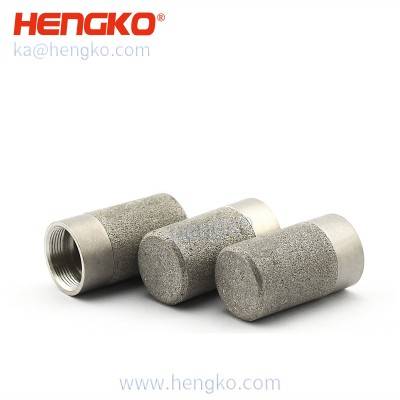
Incubator temperature and humidity controller sintered porous metal stainless steel 316...
HENGKO stainless steel sensor shell is made by sintering 316L powder material in high temperatures. They have been widely used in environmental protection, p...
View Detail -
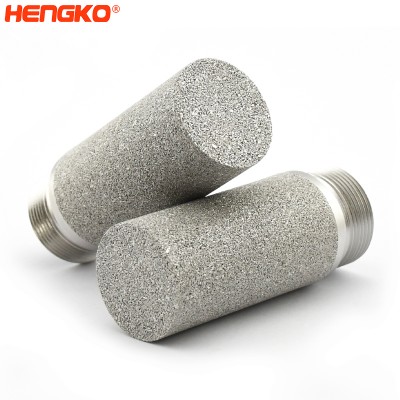
RHT35 sintered metal powder protected weather-proof temperature humidity sensor probe h...
HENGKO stainless steel sensor shells are made by sintering 316L powder material at high temperatures. They have been widely used in environmental protection,...
View Detail -
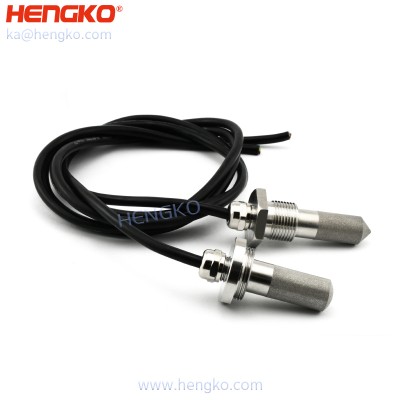
air temperature and humidity sensor with sintered metal humidity probe for egg incubato...
HENGKO temperature and humidity probe detectors can be applied in various fields: telepoint base stations, electronic control cabinets, production sites, s...
View Detail -
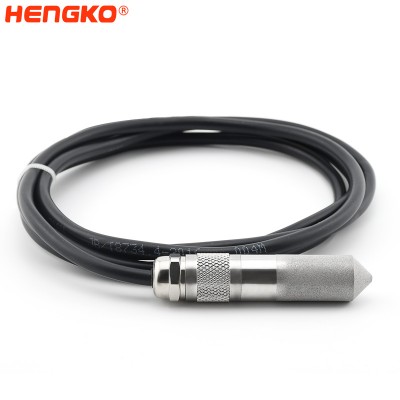
Wholesale custom dustproof waterproof RHT20 digital high temperature and relative humid...
HENGKO temperature and relative humidity sensor based on RHT-H series sensor which gives good accuracy and covers a great range of temperature and humidity. ...
View Detail -
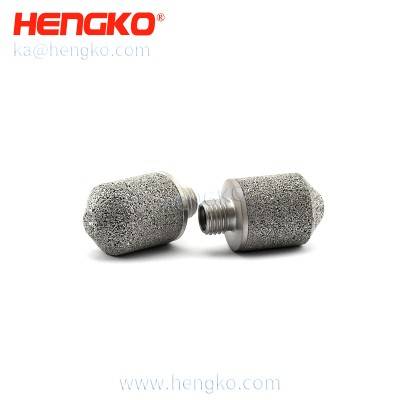
RHT30 0~100%RH Sintered 316L Stainless Steel Filter – HK103MBU Temerature Humidit...
HENGKO stainless steel sensor shells are made by sintering 316L powder material at high temperatures. They have been widely used in environmental protection,...
View Detail -
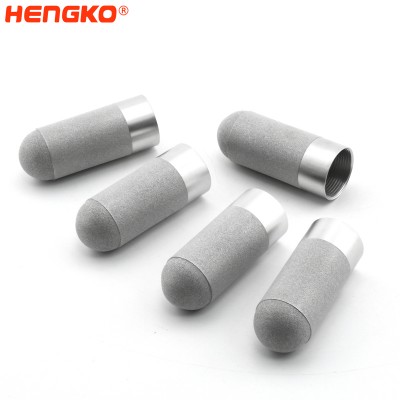
HENGKO rs485 waterproof grain humidity sensor stainless steel porous sensor protection ...
HENGKO stainless steel sensor housing is made by sintering 316L powder material at high temperatures. They have been widely used in environmental protection,...
View Detail -
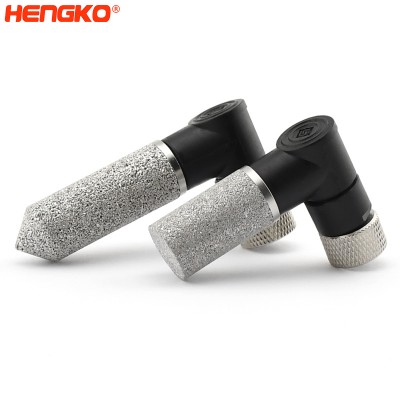
RHT31 protection wireless resistance I2c digital temperature and humidity sensor probe
HENGKO stainless steel sensor shells are made by sintering 316L powder material at high temperatures. They have been widely used in environmental protection,...
View Detail -
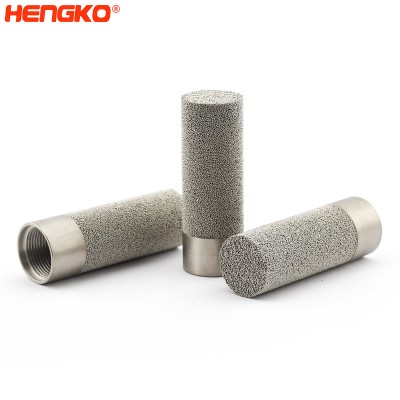
HK66MBN stainless steel porous humidity sensor housing – stainless steel sintered...
HENGKO stainless steel sensor shells are made by sintering 316L powder material at high temperatures. They have been widely used in environmental protection,...
View Detail -
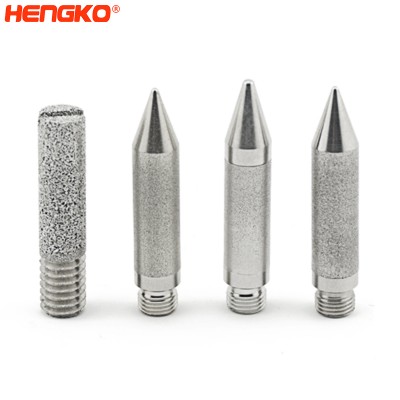
RHTX Series mesh-protected weather-proof humidity sensor probe housing
HENGKO stainless steel sensor shells are made by sintering 316L powder material at high temperatures. They have been widely used in environmental protection,...
View Detail -
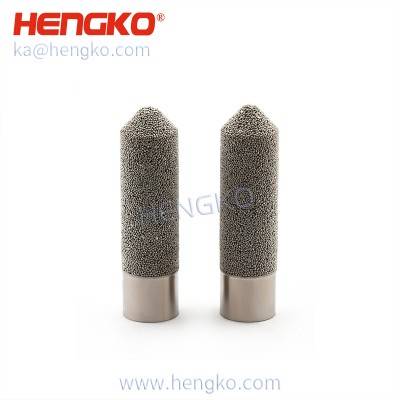
HENGKO waterproof grain moisture humidity sensor, sintered stainless steel metal sensor...
HENGKO stainless steel sensor shells are made by sintering 316L powder material at high temperatures. They have been widely used in environmental protection,...
View Detail -
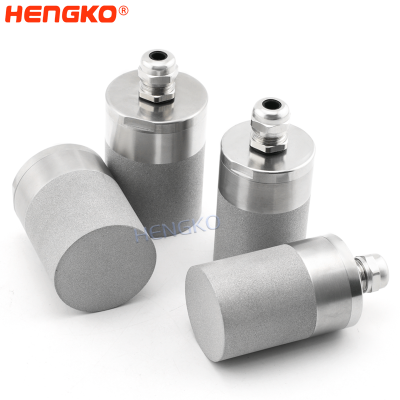
Waterproof IP67 wholesale sintered stainless steel network temperature and humidity sen...
HENGKO stainless steel sensor shells are made by sintering 316L powder material at high temperatures. They have been widely used in environmental protection,...
View Detail -
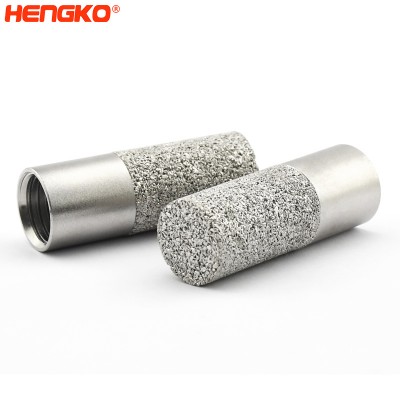
HK66MEN temperature and humidity sensors protection cover casing, Micron porous stainle...
HENGKO temperature and humidity probe consist of high precision RHTx series sensor module, one meter 4-pin cable, sintered metal filter cap, cable gland, etc...
View Detail -
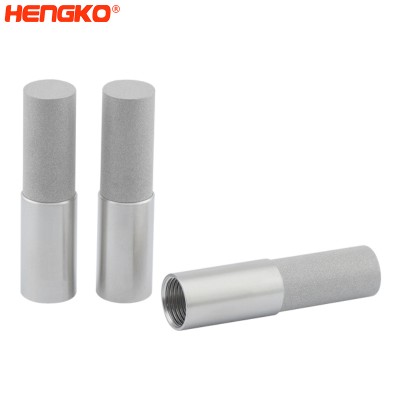
Waterproof I2C temperature humidity sensor stainless steel 316L sensor protection enclo...
HENGKO digital temperature and humidity module adopts high precision SHT series sensor equipped with a sintered metal filter shell for large air permeability...
View Detail -

Digital I2C RHT-H85 temperature & relative humidity sensor probe for HVAC Incubato...
HENGKO RHT-85 sensor is a robust, high-accuracy, digital probe, the product adopts a capacitive digital sensor as the temperature and humidity measurement c...
View Detail
Why You Should Choose Industrial Temperature And Humidity Sensor
Here are some possible sentences for a blog post on why one should choose industrial temperature and humidity sensors:
1.) Industrial temperature and humidity sensors are essential tools for maintaining optimal conditions in various industrial settings, from agriculture to manufacturing and beyond.
2.) With industrial temperature and humidity sensors, you can improve productivity and safety by ensuring that environmental conditions are within the ideal range for your specific needs.
3.) These sensors offer highly accurate and reliable data, making it easier for you to identify potential issues and adjust as needed to ensure maximum efficiency.
4.) Industrial temperature and humidity sensors are highly customizable, allowing you to tailor them to your specific requirements, including size, material, and sensor type.
5.) With their durable construction and resistance to harsh environmental conditions, these sensors are built to withstand tough industrial environments and provide long-lasting service.
6.) Choosing an industrial temperature and humidity sensor from a trusted manufacturer like HENGKO can ensure that you have a reliable and effective tool for monitoring and controlling environmental conditions in your specific industry.
Main Feature of Industrial Temperature and Humidity Sensor
1. Highly Accurate Data:
An industrial temperature and humidity sensor provides precise and reliable measurements of temperature and humidity, ensuring that environments are within the ideal range for optimal performance and safety.
2. Durable Construction:
These sensors are built to withstand harsh industrial conditions, from extreme temperatures to dust, moisture, and other contaminants, ensuring that they provide long-lasting service for your specific needs.
3. Customization Options:
These sensors offer a wide range of customization options, including different sizes, materials, and sensor types, allowing them to be tailored to fit the specific requirements of your application.
4. Real-time Monitoring:
With real-time monitoring capabilities, industrial temperature and humidity sensors provide instant feedback, allowing you to quickly adjust environmental conditions as needed to maintain ideal performance levels and safety.
5. User-friendly Interfaces:
These sensors are designed with simple controls and user-friendly interfaces, making them easy to install, operate, and maintain.
6. Versatility:
Industrial temperature and humidity sensors can be used in various industries, including agriculture, manufacturing, healthcare, and many more, providing reliable solutions for monitoring and controlling environmental conditions in specific applications.
7. Remote Access:
Some sensors offer remote access capabilities, allowing you to monitor and control environmental conditions from a remote location, providing extra convenience and flexibility.
8. Compliance with Standards:
These sensors meet or exceed industry standards, ensuring that they are safe and effective for your specific application needs.
By using industrial temperature and humidity sensors with these features, you can ensure that you have a reliable and effective solution for monitoring and controlling environmental conditions in your specific industry.
Application of industrial temperature and humidity sensors
1. Agriculture:
Industrial temperature and humidity sensors can help monitor and adjust environmental conditions in greenhouses, crop storage, and other agriculture-related applications, helping to ensure maximum crop yield and quality.
2. Manufacturing:
These sensors can be used in manufacturing applications to monitor temperature and humidity levels in production areas, helping to reduce waste and improve product quality.
3. Healthcare:
Industrial temperature and humidity sensors can be used in medical equipment and storage applications to monitor and control temperature and humidity levels, ensuring the safe and effective storage of medicines, vaccines, and other healthcare products.
4. Food Industry:
Industrial temperature and humidity sensors can help monitor and control environmental conditions in food processing and storage facilities, preventing spoilage and maintaining optimal conditions for food safety.
5. Data Centers:
These sensors can be used to monitor temperature and humidity levels in data centers, helping to prevent equipment failures caused by overheating or excess humidity.
6. HVAC:
Industrial temperature and humidity sensors can help regulate heating, ventilation, and air conditioning (HVAC) systems, ensuring optimal environmental conditions for comfort and energy efficiency.
7. Green Energy:
These sensors can be applied in renewable energy applications, such as solar panels, wind turbines, and energy storage systems, to monitor environmental conditions and help maximize energy efficiency and output.
8. Pharmaceuticals:
Industrial temperature and humidity sensors can help maintain ideal conditions in pharmaceutical storage facilities, ensuring the safety and efficacy of drugs and medical equipment.
By using industrial temperature and humidity sensors in these applications, you can help increase productivity, reduce waste, and ensure safety and compliance in your specific industry or environment.
FAQ for Industrial Temperature and Humidity Sensor
1. What is an Industrial Temperature and Humidity Sensor?
An industrial temperature and humidity sensor is an electronic instrument designed to measure and monitor temperature and humidity levels in industrial settings. These sensors provide reliable data that helps ensure optimal environmental conditions for safety and productivity.
2. How Do Industrial Temperature and Humidity Sensors Work?
These sensors work by using various sensing elements such as thermistors, RTDs (Resistive Temperature Detectors), or capacitive sensors to measure temperature and humidity levels. They then send this data to a microcontroller, which processes it and provides output signals for display or control functions.
3. What Are the Benefits of Using Industrial Temperature and Humidity Sensors?
The benefits of using these sensors include improved safety and productivity, reduced waste, and ensured compliance with industry and regulatory standards. These sensors provide precise and reliable data that helps identify potential issues and maintain optimal environmental conditions for specific applications.
4. What Industries Use industrial Temperature and Humidity Sensors?
Industries that commonly use these sensors include agriculture, manufacturing, healthcare, food processing, data centers, and HVAC systems. These sensors provide reliable solutions for monitoring and controlling environmental conditions in these industries.
5. Can Industrial Temperature and Humidity Sensors be Customized?
Yes, these sensors can be customized to fit the specific requirements of your application. Customization options include various sizes, materials, and sensor types to ensure optimal performance in your specific environment.
6. What is the Lifespan of an Industrial Temperature and Humidity Sensor?
The lifespan of these sensors can vary depending on the specific model and environmental conditions. However, with proper installation, maintenance, and calibration, these sensors can provide long-lasting service for your specific needs.
7. How Can I Select the Right Industrial Temperature and Humidity Sensor for My Application?
Selecting the right sensor for your application requires careful consideration of your specific requirements, including the size, accuracy, durability, and cost of the sensor. It's important to consult with a trusted manufacturer like HENGKO to ensure you select the right sensor for your needs.
8. What is the Difference Between Indoor and Outdoor Temperature and Humidity Sensors?
Indoor temperature and humidity sensors are designed for use in controlled environments, while outdoor sensors are built to withstand harsh outdoor conditions. Outdoor sensors are typically more durable and resistant to extreme weather conditions.
9. Can Temperature and Humidity Sensors be used for Monitoring Air Quality?
While temperature and humidity sensors are not specifically designed for monitoring air quality, they can provide valuable data on factors that affect air quality, such as temperature, humidity, and carbon dioxide levels.
10. What is the Maximum Temperature Range for Industrial Temperature Sensors?
The maximum temperature range can vary depending on the specific model and application requirements. However, some industrial temperature sensors can measure temperatures up to 1000°C or more.
11. What is the Difference Between Thermocouples and RTDs?
Thermocouples are temperature sensors that measure temperature by using the voltage generated between two dissimilar metals. RTDs measure temperature by detecting changes in the resistance of a metal wire as its temperature changes.
12. What Are Some Common Humidity Sensor Technologies?
Humidity sensors use a variety of technologies to measure humidity levels, including capacitive, resistive, and thermal conductivity sensors.
13. Can Industrial Temperature and Humidity Sensors be Used for Remote Monitoring?
Yes, some temperature and humidity sensors can be used for remote monitoring. These sensors typically have wireless capabilities and can transmit data to a remote system for analysis and control.
14. How Do I Calibrate an Industrial Temperature and Humidity Sensor?
Calibration involves verifying the accuracy of the sensor and adjusting it accordingly. Calibration should be performed regularly to ensure that the sensor provides reliable and accurate data.
15. What is the Operating Temperature Range of Industrial Humidity Sensors?
The operating temperature range can vary depending on the specific model and application requirements. However, some industrial humidity sensors can operate in temperatures ranging from -40°C to 85°C.
16. How Do Industrial Temperature and Humidity Sensors Help Improve Energy Efficiency?
These sensors provide data that can be used to optimize HVAC systems and other equipment for energy efficiency. By maintaining optimal environmental conditions, energy consumption can be reduced, resulting in cost savings.
17. What Are the Environmental Benefits of Using Industrial Temperature and Humidity Sensors?
The environmental benefits of using these sensors include reduced energy consumption, minimized waste, and increased efficiency, which ultimately leads to a lower carbon footprint and a more sustainable industrial operation.
Contact HENGKO today to discover how our industrial temperature and humidity sensors can help
optimize your productivity, safety and energy efficiency while reducing waste and environmental impact.
Let us help you find the perfect solution for your specific application needs. Email us at ka@hengko.com
to request a quote or schedule a consultation with our team.
